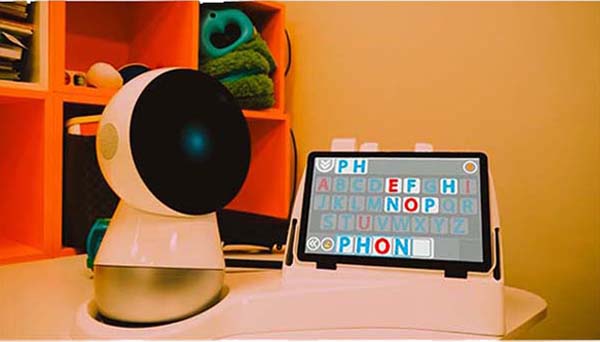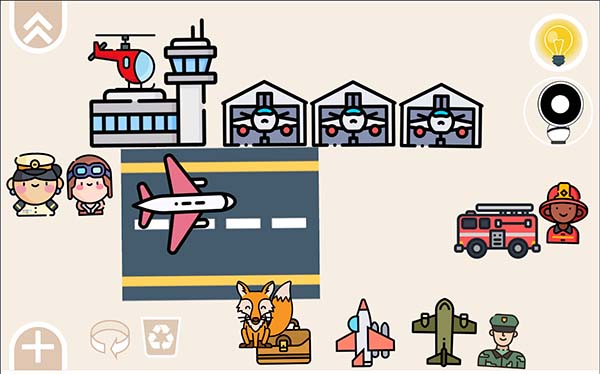Robotic guide for literacy learning

MIT Media Lab, 2020-present
Roles: Project lead; Design; Development; Research
Collaborators: Safinah Ali, Pedro Colon-Hernandez, Hae Won Park. Advisor: Cynthia Breazeal
Our previous studies (#1, #2) show both the promise of child-driven approach to literacy learning and the necessity of scaffolding (preferably automatic) to support it. Robotic characters allow to deliver more sophisticated, humanlike scaffolding. Studies by the Personal Robots group at the MIT Media Lab show that children relation to robots as to lifelike characters holds many benefits for learning. In this project, we expanded scaffolding into a new area, not only helping children to build words, but also helping them to come up with ideas on what to build.
During COVID pandemic, it became difficult to run studies with physical robots in schools. Therefore, I also developed a virtual version of Jibo the robot, that runs on a tablet. This helps to conduct studies in home settings.
